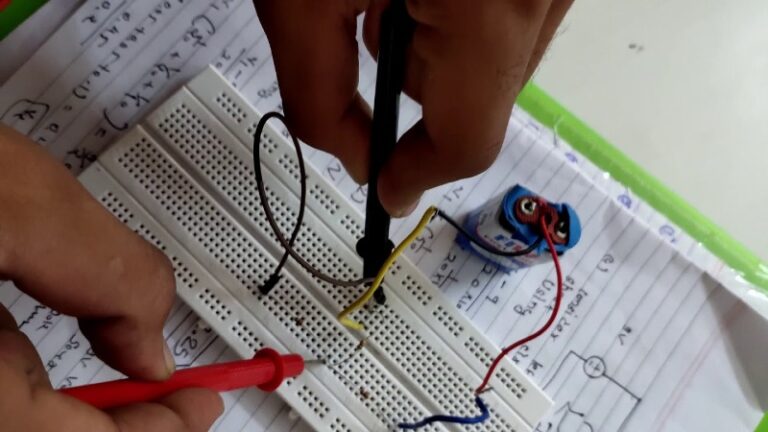
Thevenin’s Theorem
A complex network consisting of sources and resistors can be replaced by a single equivalent source and single resistor in series with the source.

A complex network consisting of sources and resistors can be replaced by a single equivalent source and single resistor in series with the source.

A complex network consisting of number of sources of e.m.f. and resistors can be replaced by a single constant current source in parallel with a single resistance or impedance.
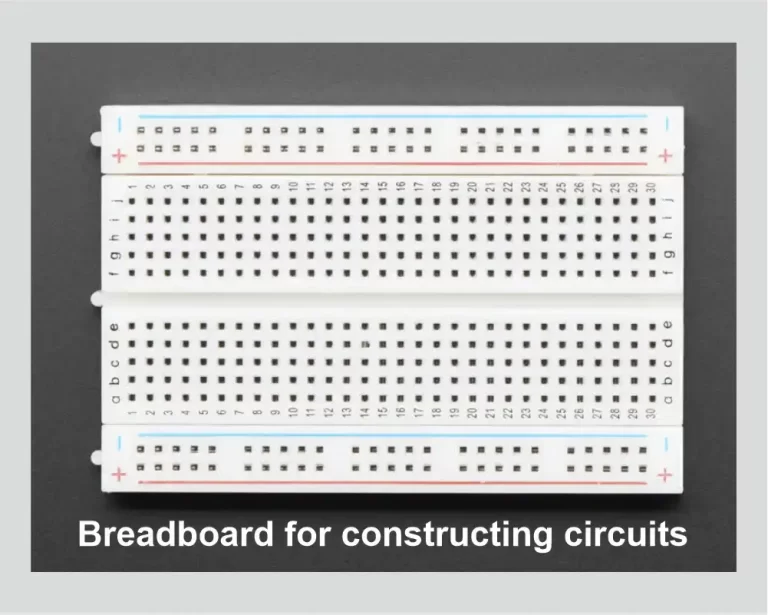
The maximum power transfer theorem states that maximum power is transferred from source to the load when the internal resistance of the source is equal to the load resistance i.e. the power will be maximum when r = RL
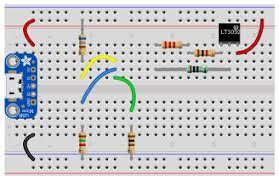
In a linear network consisting of resistances and voltage sources, the value of the current in any branch is the algebraic sum of the currents due to each e.m.f., when all the other sources are replaced by their internal resistances.

It states that when a number of voltage sources V1, V2, V3… are connected in parallel having their internal resistances as (r1, r2, r3 …) respectively, then this arrangement can be replaced by a single equivalent voltage source (V) in series with an equivalent series resistance (r).
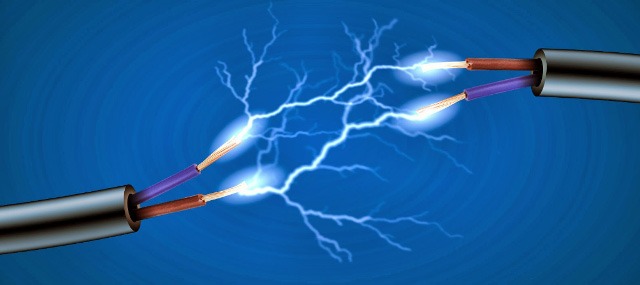
The flow of charges i.e. electrons from one point to another is called electric current. But this current is produced only when we apply potential difference across a conductor.
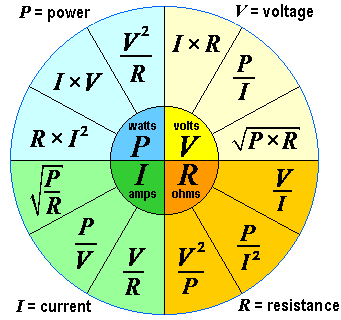
The Ohm’s Law states that so long as the physical state of the conductor remains the same, the amount of electric current (I) flowing through the conductor is directly proportional to the potential difference (V), provided the resistance (R) of the conductor remains the same.
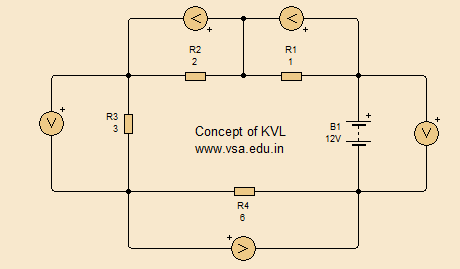
The KVL is the best tool to analyse the electrical and even electronic circuits. If you learn KVL properly, you will be able to read all the branches in a circuit like we read a book with all pages in it…! So don’t ignore this topic and the topic of KCL also. It is one of the most important topic in fundamentals of electricity and electronics.
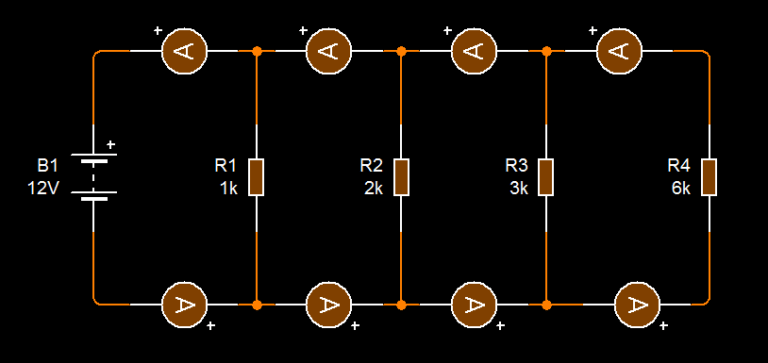
In Kirchhoff’s Current Law, the algebraic addition of all currents in a closed circuit is always equal to zero. It gives us the idea of sign convention of currents in a circuit.

Every electric source like battery or generator contains some internal resistance. This resistance is invisible, but it is always present within the source. If the internal resistance of the battery or generator is very low, its power delivering capacity is very high.

There are two types of electric sources: Ideal and practical sources. As the name suggests the ideal source is always imaginary, while the practical source is the one which we use in our practical circuits.

Definition: The rate of doing electric work is called electric power. The unit of electric power is Joule/second or Watt (W). The electric power can also be measured in kilo-watt-hour (kWh) or Joules (J).
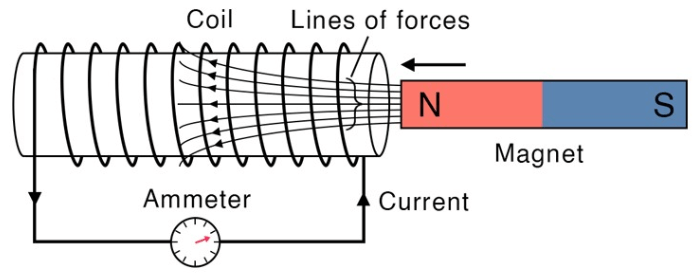
Electromagnetism is the physical interaction among electric charges, magnetic moments, and the electromagnetic field. The electromagnetic field can be static, slowly changing, or form waves. Electromagnetic waves are generally known as light and obey the laws of optics.
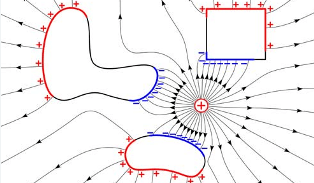
Electrostatics is a branch of physics that studies electric charges at rest. In this topic we have to study the working of capacitor in terms of electrostatics.